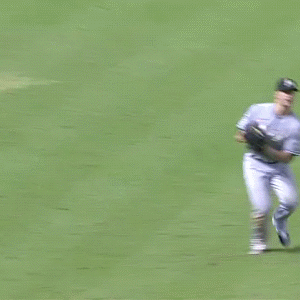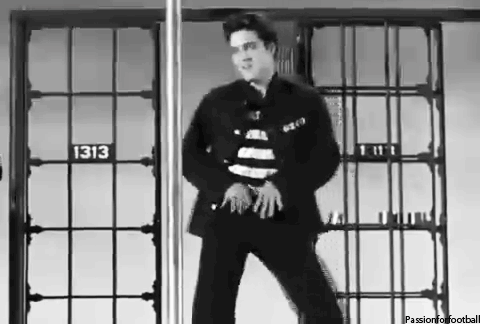pushing_wins
Hall of Fame
the key to a good forehand, imho.
has this been discussed yet?
especially on the high forehand, most rec players are limited by their range of motion. internal hip stretches and excercises to increase ROM wiil add lots of power to the forehand.
has this been discussed yet?
especially on the high forehand, most rec players are limited by their range of motion. internal hip stretches and excercises to increase ROM wiil add lots of power to the forehand.
Last edited:



